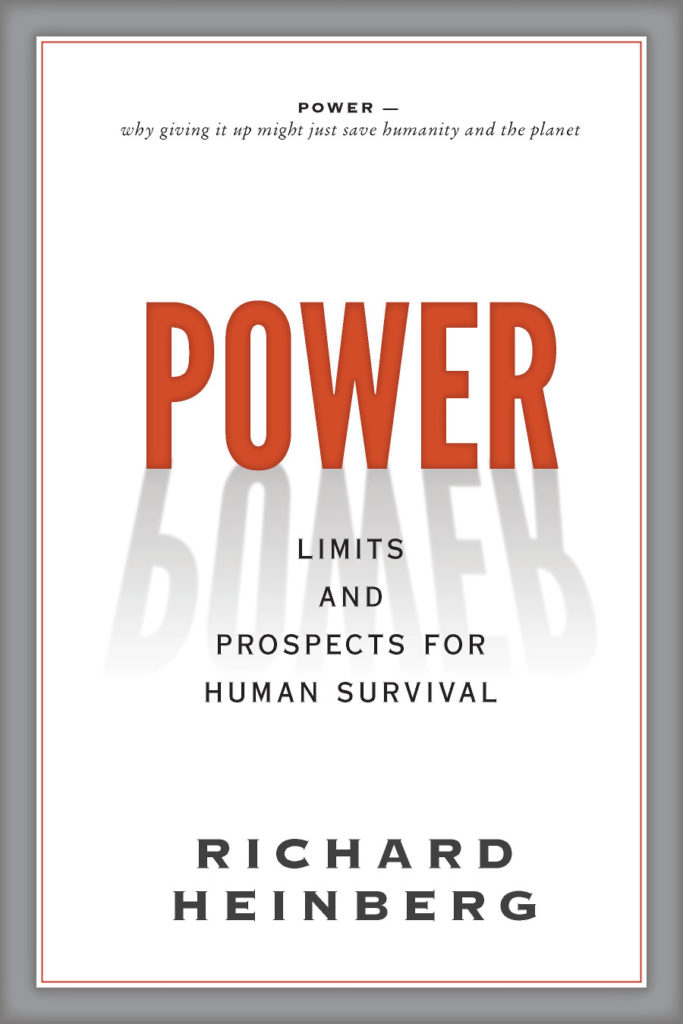Author Richard Heinberg originally recorded these chapter commentaries in Summer 2021 exclusively for pre-order customers; they are now available to all.
Chapter 1. Power in Nature: From Mitochondria to Emotion and Deception
Richard explains why he took such a wide-ranging approach to start off Power—and why the concept of beauty is surprisingly important to the book.
Chapter 2. Power in the Pleistocene: On Spears, Fires, Furs, Words, and Flutes—And Why Men Are Such Power-Hogs
Richard explains how Power differs from similar books like Sapiens, and why gender inequality is not necessarily inherent to our species.
Chapter 3. Power in the Holocene: The Rise of Social Inequality
This chapter explores how and why social inequality evolved. Guns, germs, and steel (per Jared Diamond) answer this question only partially. Religion, communication tools, and money are also really important.
Chapter 4. Power in the Anthropocene: The Wonderful World of Fossil Fuels
Everything until now in the book is really just leading up to humanity’s unleashing of fossil fuels—when all hell breaks loose. Chapter 4 is about understanding how and why fossil fuels are at the heart of humanity’s survival dilemma.
Chapter 5. Overpowered: The Fine Mess We’ve Gotten Ourselves Into
How do we respond to this mess we’re in? You need a frame of mind in which compassion and rationality are present—wisdom and perspective. And the purpose of the book is fundamentally about cultivating this.
Chapter 6. Optimum Power: Sustaining Our Power Over Time
The book so far has laid out how humanity has overpowered the rest of nature, and that the only solution for our survival is to limit our own power. Chapter six argues that this is actually possible—at least in principle.
Chapter 7. The Future of Power: Learning to Live Happily Within Limits
This final chapter shows why all the possible futures we face are bounded by two extremes: on one end, mutual annihilation, and on the other, mutual self-restraint.



